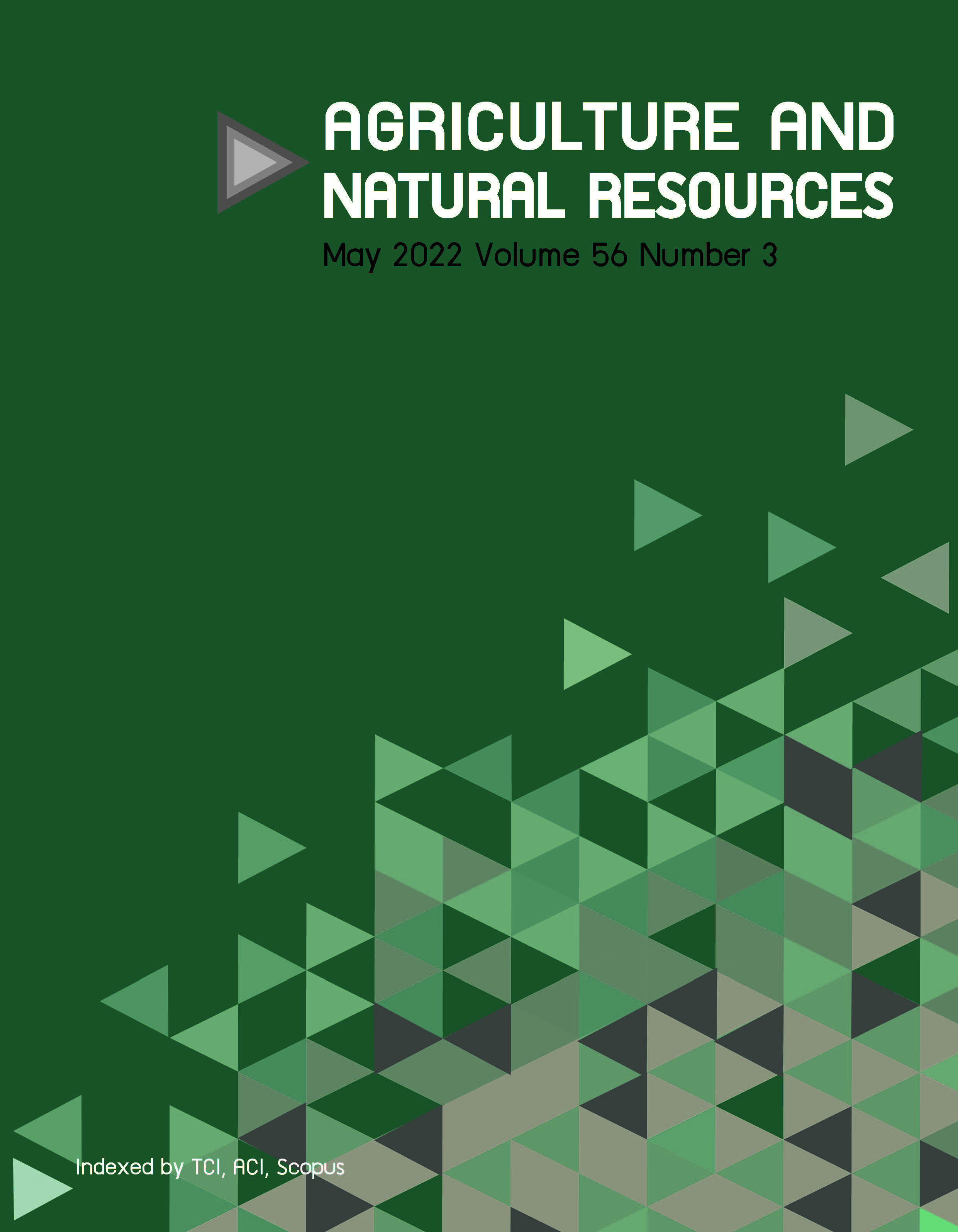Effects of gap age on understory bird population in Mae Sa-Kog Ma Biosphere Reserve, Northern Thailand
Keywords:
Avian, Hill evergreen forest, Monitoring, Permanent plot, Ecological successionAbstract
Importance of the work: It is important to understand the ecological effects of gap age on the understory bird populations in the conservation of montane forest.
Objectives: To study bird populations in permanent plot in Mae Sa-Kog Ma Biosphere Reserve, Northern Thailand
Materials & Methods: Birds were sampled using mist-netting at 12 gap sites during 5 yr.
Results: In total 1,813 individual birds were caught, representing 82 species, with 330 individual birds recaptured in 38 species, which were classified into three avian feeding guilds. Insectivore were the most abundant guild for both natural gap and closed canopy sites. Frugivorous and nectarivorous birds were prevalent in gaps.
Main finding: Frugivore and insectivore feeding guilds increased over time but did so more rapidly in forest gaps than closed-canopy habitats. The detection probability of birds was higher in forest gaps and increased more quickly in gaps than in closed-canopy habitat, possibly due to gap succession. Forest gaps may function as keystone habitats for birds in their role of sustaining frugivores and nectarivores during periods of fruit scarcity in the forest.
Downloads
Published
How to Cite
Issue
Section
License
Copyright (c) 2022 Kasetsart Universityonline 2452-316X print 2468-1458/Copyright © 2022. This is an open access article under the CC BY-NC-ND license (http://creativecommons.org/licenses/by-nc-nd/4.0/),
production and hosting by Kasetsart University of Research and Development Institute on behalf of Kasetsart University.







